Yen crosses take another dive today as Asian markets are under broad based selling pressure, following the poor close in US last week. In particular, commodity currencies are clearly the weakest ones.
CAD/JPY’s sharp fall is in line with the developments in both AUD/JPY and NZD/JPY. At this point, we’re viewing the fall from 91.16 short term top as correcting the rise from 77.91 to 91.16 only. Hence, we’d expect strong support between 85.40 support and 38.2% retracement at 86.09 to contain downside and bring rebound.
However, it should also be noted that CAD/JPY was just rejected by 91.62 long term resistance (2017 high). Sustained break of 85.40 will argue that it’s at least correcting the whole up trend from 73.80. More importantly, that would raise the chance that the whole pattern from 74.80 has completed with three waves to 91.16. The implication would be rather bearish, even though the odds for such case is rather low for now.




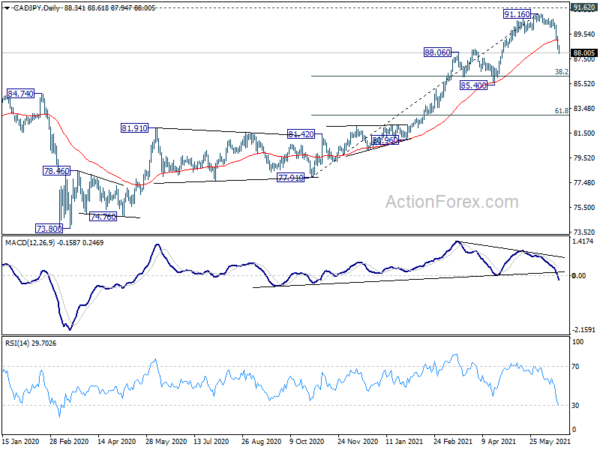
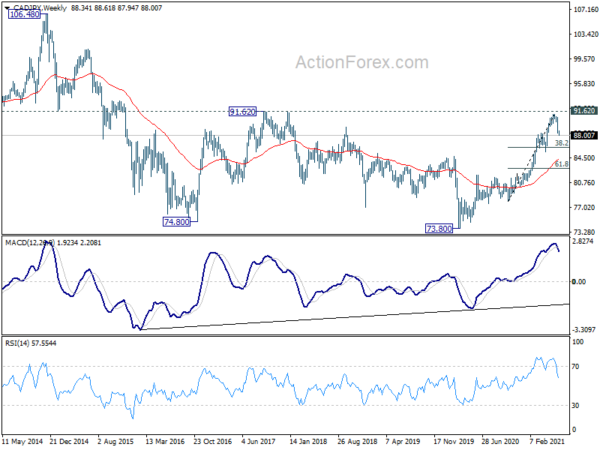
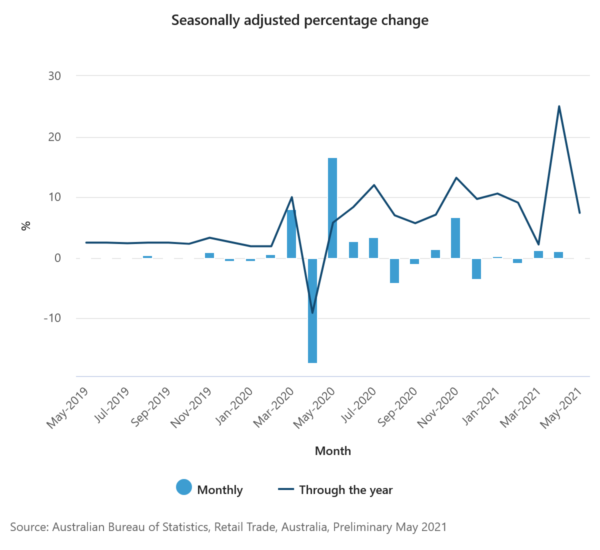
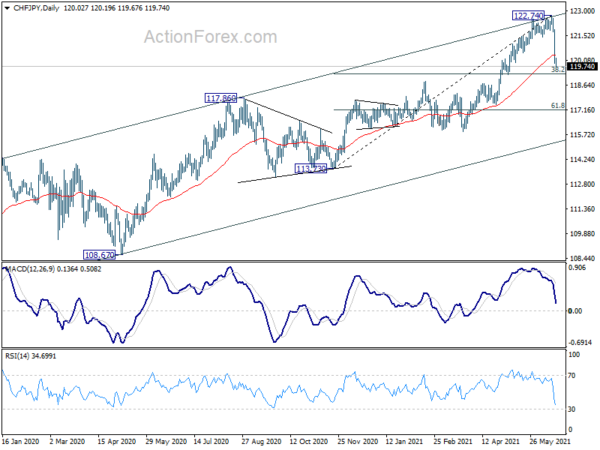
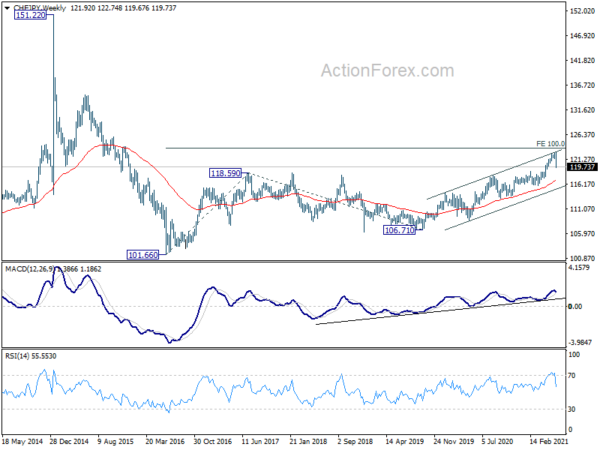
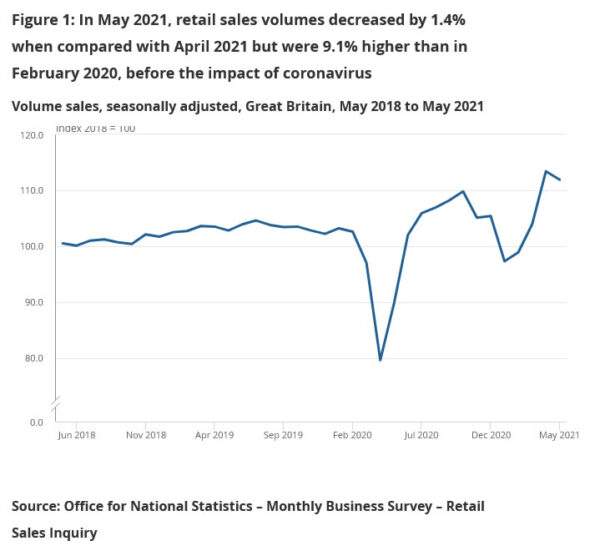
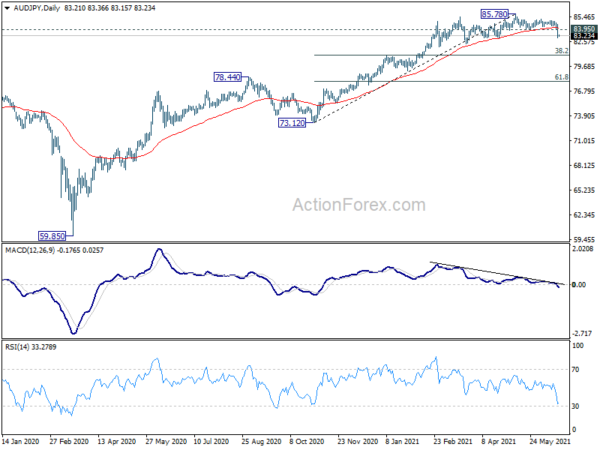
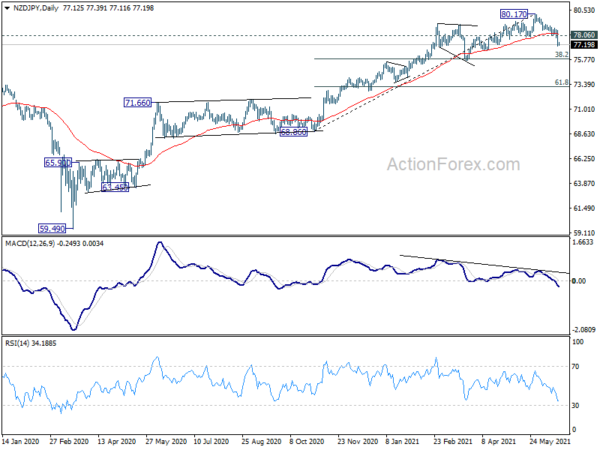
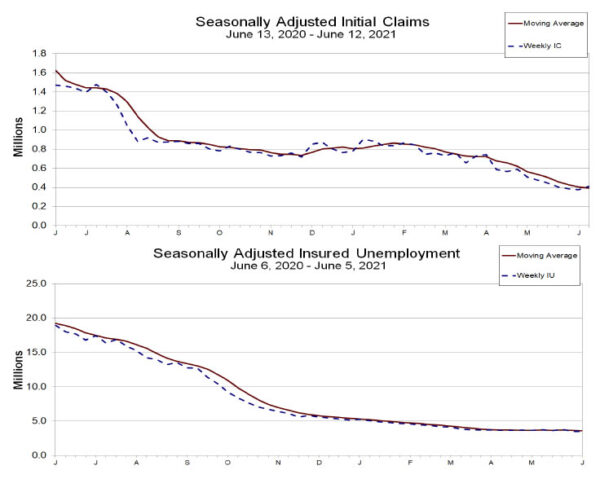
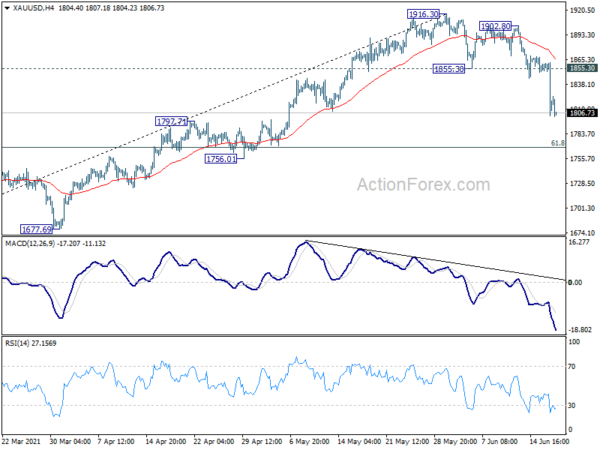
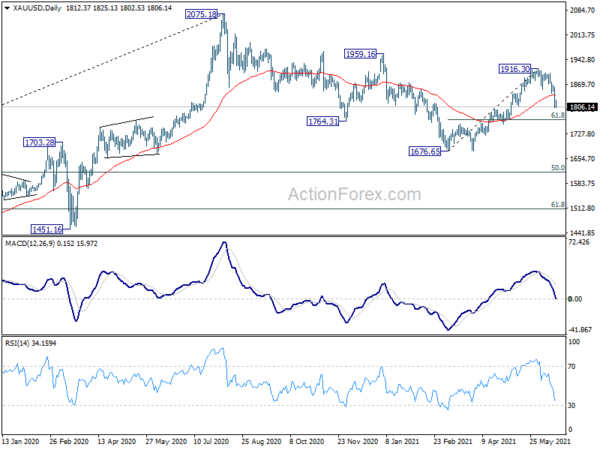
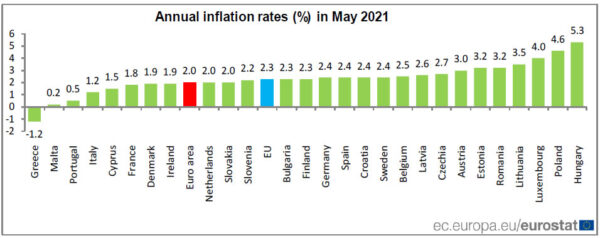
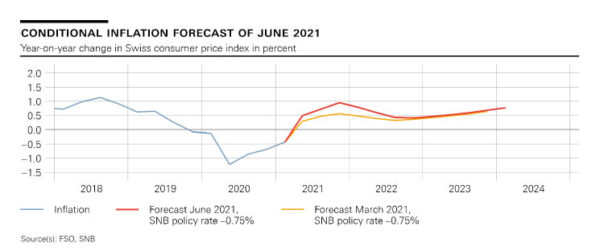
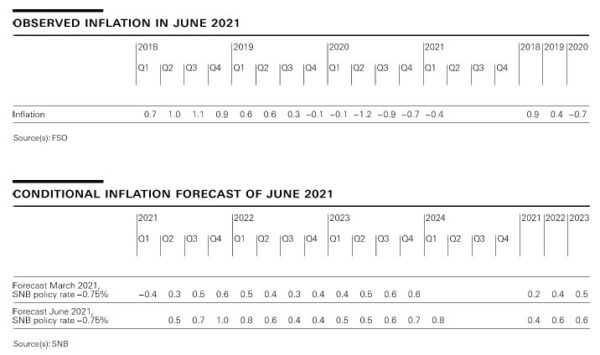
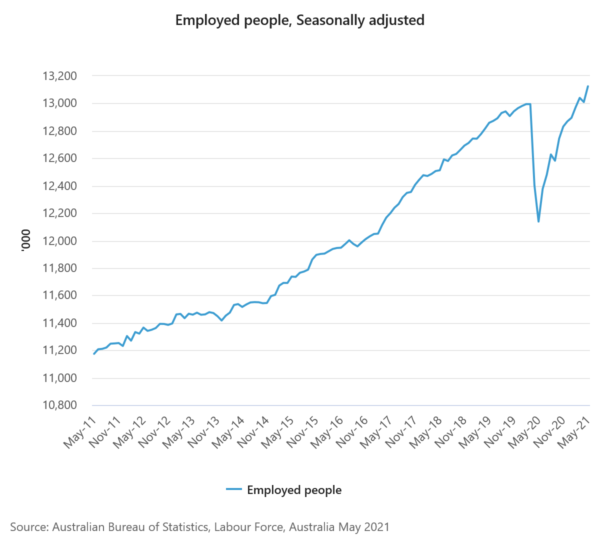
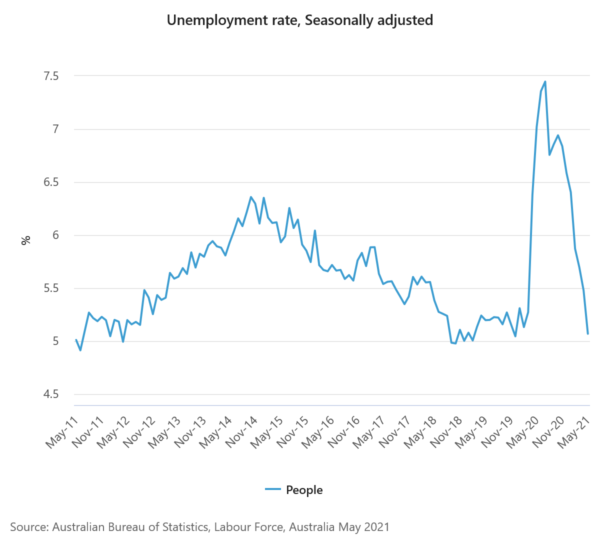
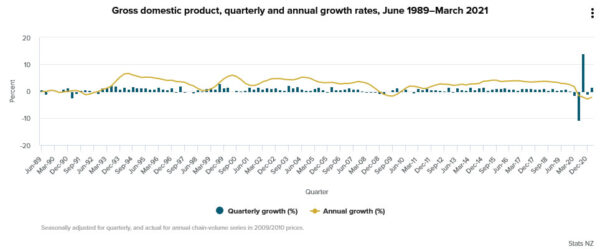
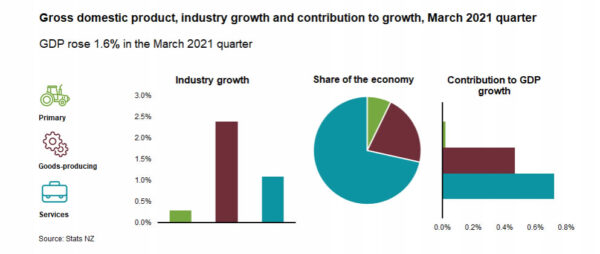
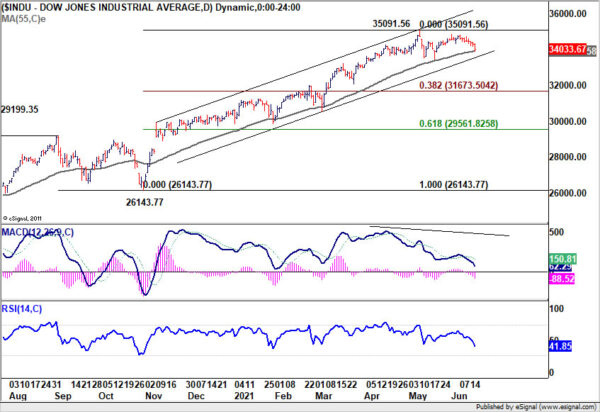
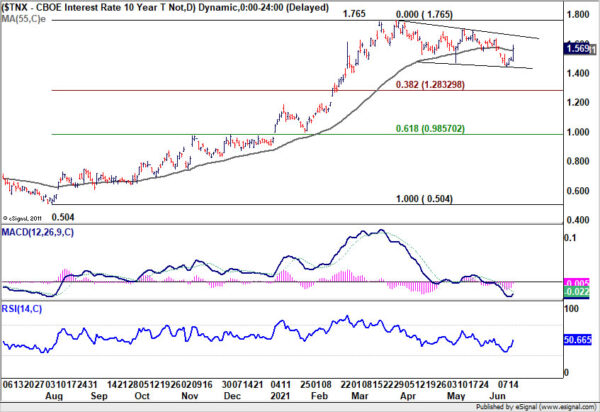
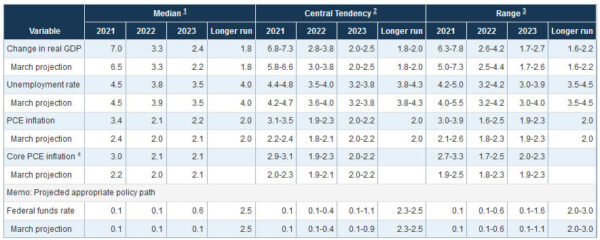
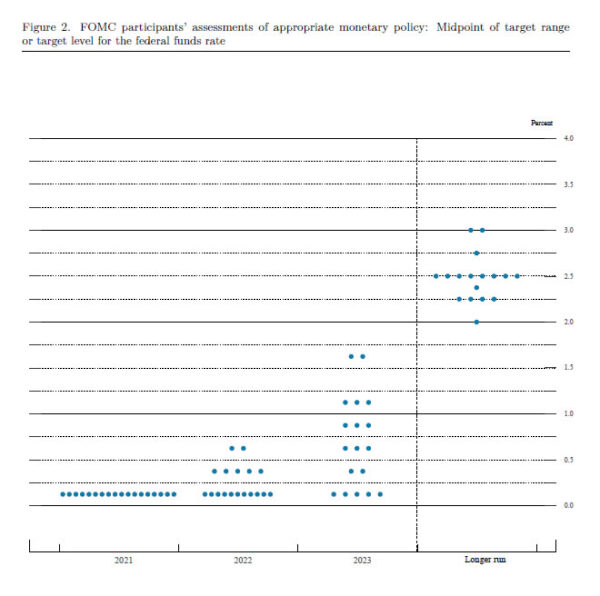
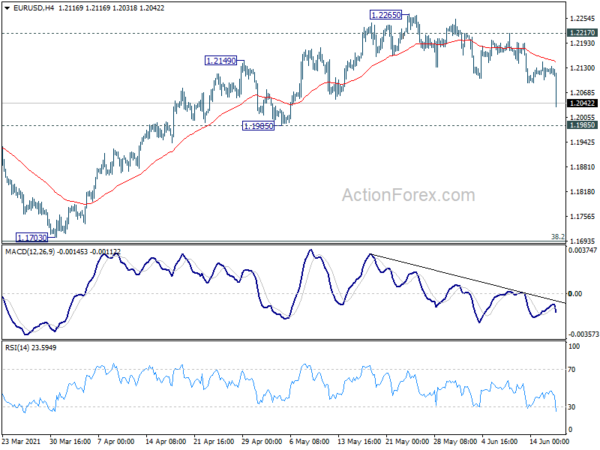
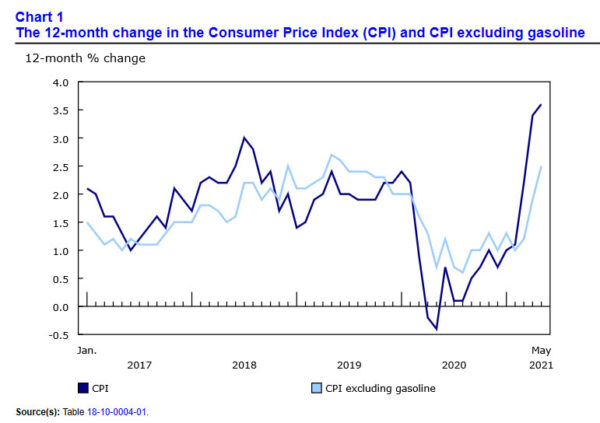

Silver and Gold find some footing below 61.8% retracement level
Silver edged lower to 25.53 earlier today but appears to have found some buying below 61.8% retracement of 23.76 to 28.73 at 25.65. Downside momentum also eased as seen in 4 hour MACD. Focus is back on 26.59 minor resistance. Break there will bring stronger rebound back to 55 day EMA (now at 26.69) and above.
Overall, Silver is seen as extending consolidation pattern from 29.84 (made in Aug 2020). A break of 23.76 support cannot be ruled out for the moment. But we’re not expecting a break next support level at 21.88.
Similarly, Gold also recovered after edging lower to 1760.71 earlier today. Downside momentum also diminished as seen in 4 hour MACD. Focus is back on 1803.20 minor resistance. Break there will bring stronger rebound to 55 day EMA (now at 1833.62) and above.
Similar to the view on Silver, Gold is seen as in consolidation from 2074.85 (made in Aug 2020). Even in case of another fall, we’d expect strong support from 1676.65 to bring rebound.